
 4
4












paul wheaton wrote:One of the metrics down the left edge is "biophilic". I think I want to word this differently. Something about "natural" or "interact with nature" or "love of nature" or something. Ideas?




paul wheaton wrote:
paul wheaton wrote:One of the metrics down the left edge is "biophilic". I think I want to word this differently. Something about "natural" or "interact with nature" or "love of nature" or something. Ideas?
On the phone with mud. He is suggesting "nature connectedness"
 1
1




 2
2




"When the whole world is running towards a cliff, he who is running in the opposite direction appears to have lost his mind." C.S. Lewis
Visit https://themaineingredient.com for organic, premium dried culinary herbs that are grown, processed, and packaged in the USA.




 1
1




The best gardening course: https://gardenmastercourse.com
Permies.com FAQ




The best gardening course: https://gardenmastercourse.com
Permies.com FAQ




Liv Smith wrote:Also, is "in ground heat pump" the same as geothermal heat pump?
 1
1











 2
2




Steve Zoma wrote:I don't get the "feeding the bad guys" part. I am pretty sure none of us have prisoners of war chained up in our basement and feeding them omlettes and bacon.

Unless anyone knows where there is a pet dragon for sale though. In that case, yes, I will buy it and gladly "feed the bad guy".
How Permies works: https://permies.com/wiki/34193/permies-works-links-threads
My projects on Skye: The tree field, Growing and landracing, perennial polycultures, "Don't dream it - be it! "
 4
4




Steve Zoma wrote:I don't get the "feeding the bad guys" part. I am pretty sure none of us have prisoners of war chained up in our basement and feeding them omlettes and bacon.

I am pretty sure it means how to feed fuel to the heating system, but to me too, there are no "bad guys" in terms of heating systems. When it is -20 degrees out, and blowing 20 mph, no heating system keeping me and family members warm is "bad". There may be better ways to heat based on ease of use, longevity and cost, and a search on google just might bring them here in search of better options.
So my suggestion is to rename the metric because its best to steer away from negative connotations.
Unless anyone knows where there is a pet dragon for sale though. In that case, yes, I will buy it and gladly "feed the bad guy".




paul wheaton wrote:Maybe "Mini Splits" should, instead, read "above ground heat pump (mini splits)"
??
 1
1








Will a xxxx system work when the power goes out? Give me sources and examples.
Rocket Mass Heater
No, a Rocket Mass Heater system will not work when the power goes out. This is because a Rocket Mass Heater requires electricity to run the fan and pump, which are necessary to maintain the combustion process. Without the fan and pump, the system cannot produce the necessary heat.
Sources:
1. https://www.rmhbuilders.com/how-does-a-rocket-mass-heater-work/
2. https://www.greenbuildingadvisor.com/article/rocket-mass-heaters-in-cold-climates
3. https://www.permaculturenews.org/2014/09/17/rocket-mass-heaters-faq-answers/
 2
2








 3
3




You can follow my latest adventures at
https://www.unclemud.com
https://www.youtube.com/unclemud
https://permies.com/u/164246/Chris-McClellan
Buy my stuff at https://unclemud.com/store/

 1
1




You can follow my latest adventures at
https://www.unclemud.com
https://www.youtube.com/unclemud
https://permies.com/u/164246/Chris-McClellan
Buy my stuff at https://unclemud.com/store/
 2
2




Lina
https://catsandcardamom.com

 2
2




Lina Joana wrote:I feel like this might have been done somewhere…
Let’s say I am convinced by the infographic, BUT have more money than time/confidence, and would rather pay a contractor to install one for me. Is there a “contractor package”, that puts all the info into engineering speak? As in “these are the plans you submit to the county for approval, these are the weight and chimney requirements for installation, these are the tolerances for size of gravel and spacing of etc. etc.” basically, all the info a contractor would need to install a standard rmh?
I haven’t seen anything like this - all the specs in a single tight bundle- but maybe I am missing it.
Tradition is not the worship of ashes, but the preservation of fire.




Jeremy VanGelder wrote:
Ernie and Erica worked extensively at getting an RMH approved in Portland, Oregon. They described the process at their website. An RMH is built under the masonry heater sections of the International Residential Code. In their book The Rocket Mass Heater Builder's Guide they have detailed plans and specifications for several different kinds of heaters.
If you are looking for one built from bricks, rather than cob, you can look at Matt Walker's site. He also includes detailed plans.
Lina
https://catsandcardamom.com










Lina Joana wrote:
What Ernie and Erica described for the code drawings is probably closest to what I am thinking of. Unfortunately, a quick dip into the portland Atc website did not bring up any hits, they must be buried a bit deeper.
Has anyone given the walker plans to a contractor and heard “no problem, this has everything we need”? I suspect most conventional contractors would prefer brick or pebble style to messing around with cob. But nothing about the Walker website indicates whether the plans are engineer stamped, code ready, or even include details like weightand clearance.
R1002.5 Masonry heater clearance. Combustible materials shall not be placed within 36 inches (914 mm) of the outside surface of a masonry heater in accordance with NFPA 211 Section 8-7 (clearances for solid-fuel-burning appliances), and the required space between the heater and combustible material shall be fully vented to permit the free flow of air around all heater surfaces.
Exceptions:
1. When the masonry heater wall is at least 8 inches (203 mm) thick of solid masonry and the wall of the heat exchange channels is at least 5 inches (127 mm) thick of solid masonry, combustible materials shall not be placed within 4 inches (102 mm) of the outside surface of a masonry heater. A clearance of at least 8 inches (203 mm) shall be provided between the gas-tight capping slab of the heater and a combustible ceiling.
Tradition is not the worship of ashes, but the preservation of fire.
 1
1




 2
2




 1
1






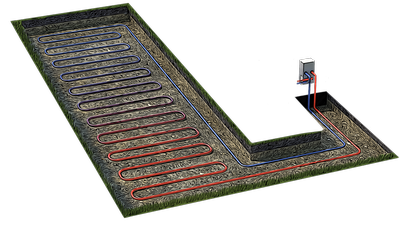
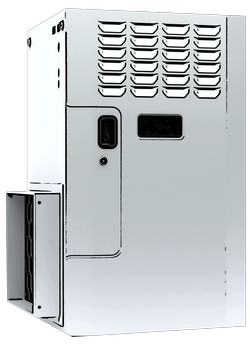
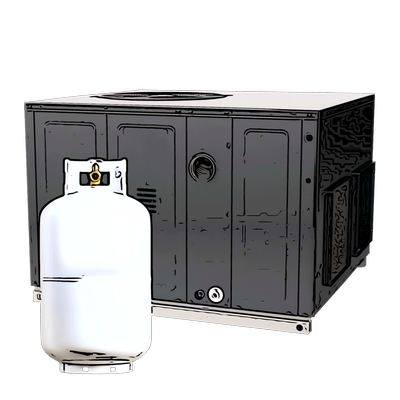

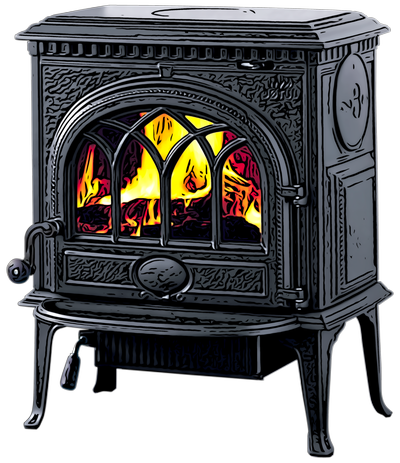
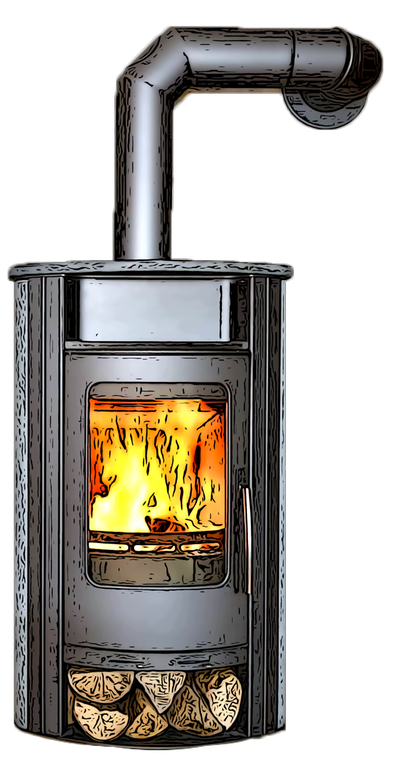
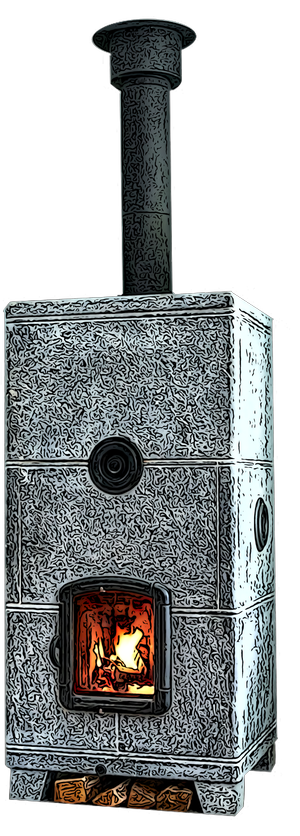
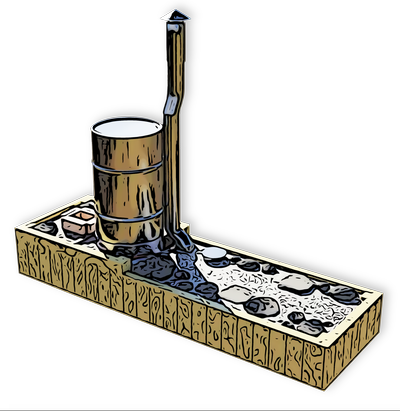








Building regenerative Christian villages @ https://jesusvillage.org/
100+ Homesteading Software Tools @ https://homestead.tools/
 1
1




 1
1










 2
2




Tradition is not the worship of ashes, but the preservation of fire.




Jeremy VanGelder wrote:That looks amazing, Andres!
One typo. Under Mini Splits under "Cost to Install Professionally" and "Cost to DIY" you have "3 Electric Baseboards." I suspect that you intended to put, "3 Mini Splits."





|
We begin by testing your absorbancy by exposing you to this tiny ad:
Freaky Cheap Heat - 2 hour movie - HD streaming
https://permies.com/wiki/238453/Freaky-Cheap-Heat-hour-movie
|








